Mastering Safety: Comprehensive PPE Training for Workplace Protection
In today’s dynamic work environments, ensuring the safety and well-being of employees is paramount. Personal Protective Equipment (PPE) serves as the frontline defense against a lot of workplace hazards. However, the effectiveness of PPE hinges not just on its availability but on the proper training and usage by employees. Mastering safety through comprehensive PPE training is essential for maintaining a secure and productive workplace.
The significance of PPE in protecting workers cannot be overstated. From construction sites to chemical plants, PPE shields workers from physical, chemical, and biological hazards. Despite its critical role, PPE can only offer protection if used correctly. Without adequate training, employees might misuse equipment, leading to accidents and injuries. Comprehensive training ensures that every worker understands the importance of PPE, how to use it properly, and the potential consequences of neglecting it.
Developing a robust PPE training program requires a thorough understanding of the specific hazards present in the workplace. The first step is to conduct a detailed hazard assessment, identifying potential risks and determining the appropriate PPE required for each task. This assessment forms the foundation of the training program, ensuring that it addresses the unique needs of the workforce.
Training should begin with the basics, such as the types of PPE available and their specific uses. Employees need to know when and why to use each piece of equipment, whether it’s a hard hat for head protection, gloves for chemical handling, or respirators for airborne contaminants. Visual aids, demonstrations, and hands-on practice can reinforce these lessons, making them more memorable and practical.
A crucial aspect of PPE training is ensuring that employees know how to fit and adjust their equipment correctly. Ill-fitting PPE can compromise safety and lead to discomfort, reducing the likelihood of consistent use. Training sessions should include personalized fitting exercises, where workers learn to adjust straps, harnesses, and other components to achieve a secure and comfortable fit. Emphasizing the importance of regular checks and adjustments can prevent equipment from becoming ineffective over time.
Proper maintenance and regular inspections are vital for the longevity and effectiveness of PPE. Training programs should educate employees on how to care for their equipment, including cleaning procedures and storage guidelines. Workers should be trained to conduct routine inspections, looking for signs of wear and tear that could compromise safety. Establishing a clear protocol for reporting and replacing damaged PPE ensures that protective gear is always in optimal condition.
Incorporating advanced training techniques can enhance the effectiveness of PPE programs. Interactive workshops, simulation exercises, and virtual reality (VR) training can provide immersive learning experiences. For example, VR can simulate hazardous scenarios, allowing employees to practice their responses in a safe, controlled environment. These methods not only make training more engaging but also help workers develop muscle memory for critical safety practices.
A successful PPE training program goes beyond individual instruction; it fosters a culture of safety throughout the organization. Encouraging open communication about safety concerns and involving employees in safety planning can build a collective commitment to workplace protection. Regular refresher courses and safety drills keep safety top of mind and ensure that employees remain proficient in using their PPE.
Conclusion
Mastering safety through comprehensive PPE training is essential for any organization committed to protecting its workforce. By developing a thorough training program that includes hazard assessments, proper fit techniques, maintenance protocols, and advanced training methods, employers can ensure that their employees are well-equipped to handle workplace hazards. Fostering a culture of safety further reinforces these practices, creating a secure and productive work environment.
For more information on implementing effective PPE training programs and enhancing workplace safety, visit Three Sixty Safety or contact us at (586) 778-9900. Let’s work together to ensure that every worker goes home safe every day.







